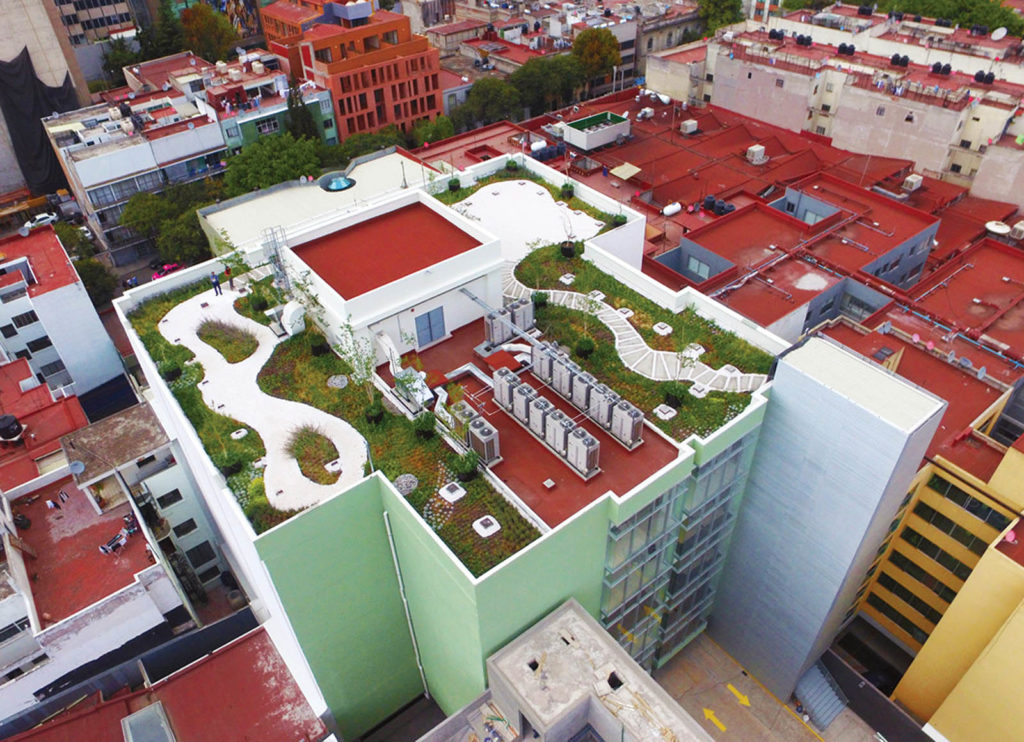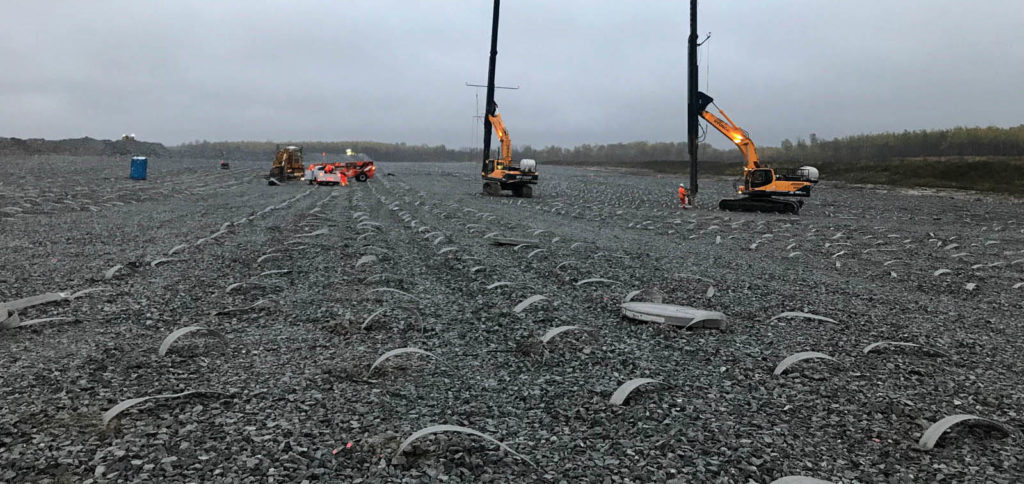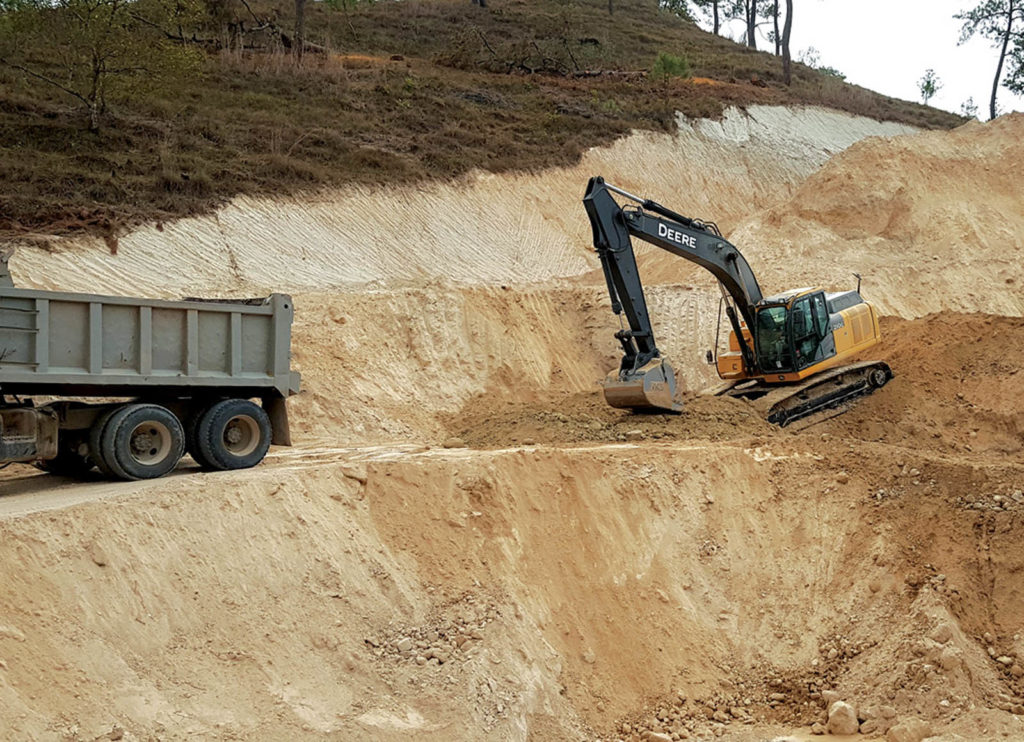Do you have experience with T seams?
August 1st, 2022
Q: I have a question about T-intersections where three panels of geomembrane meet. In my experience these intersections have all needed to be repaired with a patch. However, a recent project fusion welded straight through these intersections. Air channel testing was completed on the first seam prior to completion of the perpendicular seam. After the […]
Liner materials that can perform in the toughest applications
August 1st, 2022
Q: I am working on a 60 mil (1.5 mm) high-density polyethylene (HDPE) that will receive septage leachate. The pH will be below 5 and probably lower. I am looking for technical literature on liner performance at pH levels possibly as low as 2. Thank you for your assistance. A: There are several options. Due […]
Impregnation as it relates to seaming geosynthetic clay liners
August 1st, 2022
FIGURE 1 A GCL with 20-inch (50 cm) edge bentonite impregnated. Photograph courtesy of NAUE Q: We are confused with the term “impregnation” as it relates to seaming geosynthetic clay liners (GCLs). There are two types of impregnations: (1) edge impregnation and (2) complete nonwoven (cap layer) impregnation of GCLs. How does a manufacturer do […]
Geosynthetics in green roofs
August 1st, 2022
To talk about geosynthetics on green rooftops is to talk about an opportunity to change and make an environmental improvement in the world. The growing need to create awareness of an ecological responsibility and the environment has allowed this concept to spread more successfully. FIGURE 1 8,611 square foot (800 m2) extensive green roof central […]
Wick drain ground improvements
August 1st, 2022
Editor's note: This is part 1 of a two-part article. Part 2 will appear in the October/November issue of Geosynthetics. FIGURE 1 Wick drain installation Construction of a large mine waste stockpile was required at the Rainy River Mine in Ontario, Canada. The mine rock stockpile foundation has up to 131 feet (40 m) thick […]
Reinforced soil wall with geogrids
August 1st, 2022
FIGURE 1 Geographic location of the study area. Photo: Google Maps Mechanically stabilized earth walls (MSE) are containment structures that have gained considerable popularity over the last few years due to their various benefits: constructive, environmental and economic. There are several types of reinforced earth walls, which vary according to the type of material used […]
A look at Geo Conference 2023
August 1st, 2022
As we move into August, session chairs and reviewers are hard at work and authors are putting the final touches on their papers; instructors and moderators are preparing for an exciting variety of panel discussions, workshops and short courses. Registration opens on August 15! It’s a great time to start making your travel arrangements. Stop […]
GMA’s watchwords for this year are government affairs, infrastructure spending and planning
August 1st, 2022
Outlook® Conference 2022 included the debut of the “Geosynthetics Morning”—a new opportunity to explore the intersection of markets and include professionals in geosynthetics for a morning of specific education. The geosynthetics sessions included talks with Dave Bauer of the American Road & Transportation Builders Association, Jay Hansen of the National Asphalt Pavement Association and Carolyn […]
Erosion and sediment control mine applications
August 1st, 2022
Successful synergistic approach to erosion control, sediment control and revegetation on this mine site. Turf reinforcement mat (TRM) was installed down the center of the channel, erosion control blanket (ECB) on the slopes, hydraulic erosion control product (HECP) on the flat surface above slope, and sediment retention fiber rolls (SRFRs) across the channel. Material was […]
An open solicitation to work on development of a new GSI specification for EIA geomembrane
August 1st, 2022
GSI has a long history of writing specifications for geosynthetics. Like all engineered materials, geosynthetics are used in many applications and need general requirements for plans and specifications. When the NSF ceased servicing NSF #54 “Specification for Geomembranes” in 1991, The Geosynthetic Institute (GSI) was requested by its membership to continue the effort. With a […]
 TEXTILES.ORG
TEXTILES.ORG






